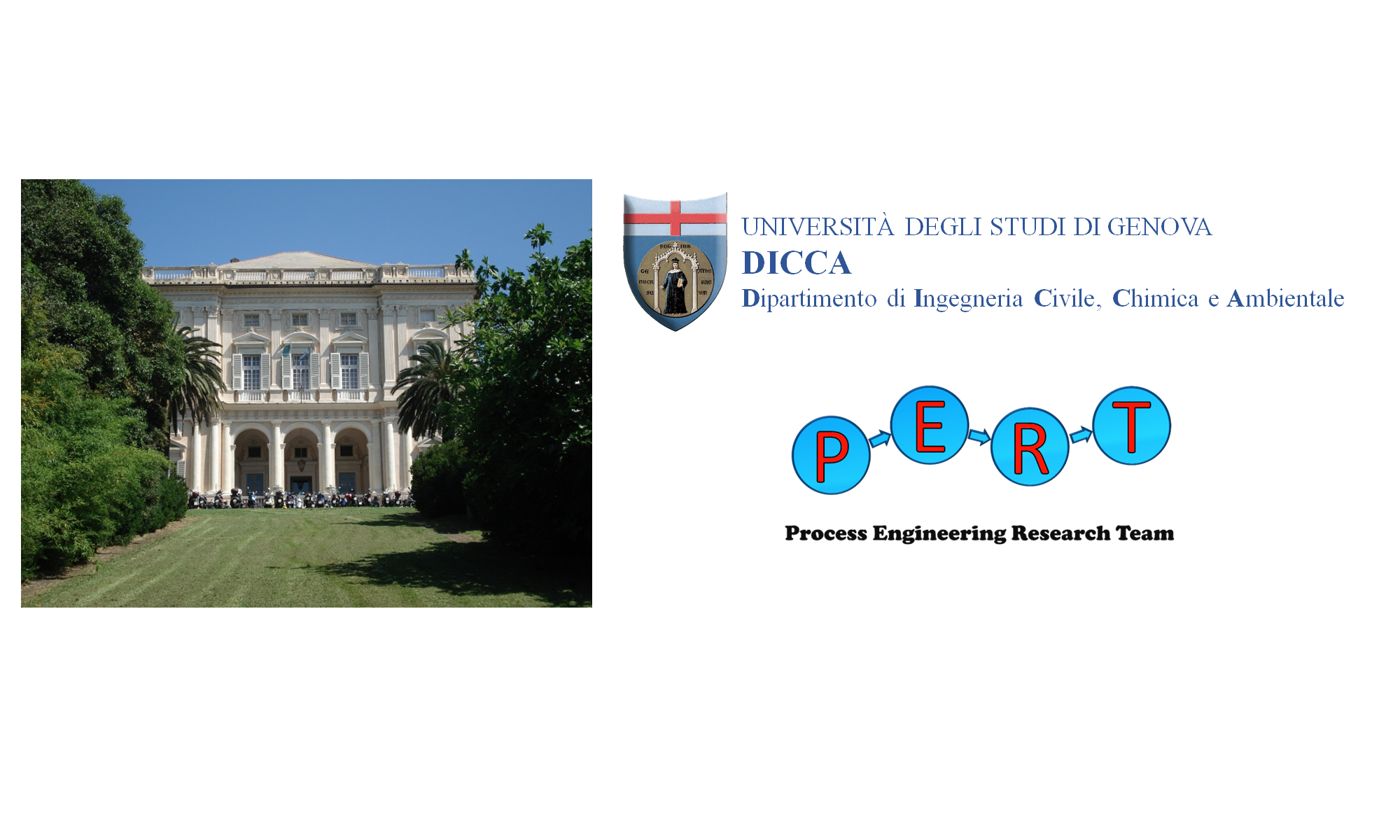Adsorption consists in the capture of one or more compounds from a gaseous phase to a solid phase. It is commonly used to remove polluting or unwanted compounds from gas, and for this purpose is an economic and practical option. The solid material consists of more or less fine particles, with a high specific surface and affinity with the compound to be removed. An example is the removal of hydrogen sulphide (H2S) from the gases produced in processes such as gasification, pyrolysis or biomass anaerobic fermentation. H2S is harmful for equipment and catalysts that come into contact with these gases, and should therefore be removed before they are used further. The removal is carried out with materials such as zeolites and activated carbon, but the use of char, the solid by-product of gasification, is also being studied. Another example is the capture of CO2 on zeolites, in the perspective of the so-called Carbon Capture and Storage (CCS).
PERT deals with the modeling of adsorption, with the study of kinetics and equilibrium of the phenomenon, in various operating conditions.
